The Power of Protest
In January 2017 people across the world joined peaceful demonstrations protesting the inauguration of Donald Trump and marching in support of causes widely feared to be under threat in his new administration.
The worldwide protest began as the ‘Women’s March’, calling on people to stand up against misogyny and Trump’s attacks on women’s reproductive rights, but quickly grew to embrace a wide range of causes with men and women marching in support of rights and protection for refugees and immigrants, health care, protection of the natural environment, LGBTQ rights and racial justice.
The marches were hailed as peaceful, positive and unifying, and powerful images of the protesters flooded the media. Women’s Marches in every city were characterised by viral-friendly, tongue-in-cheek signs that took pot-shots at the new President and sent messages of resistance and strength through humour, sarcasm and wit. Today, images like these can become iconic in the time it takes for them to be shared on social media but protests, demonstrations and marches through the centuries have always drawn the attention of photographers, illustrators and artists.
A search through some of the collections Adam Matthew Digital has had the privilege of digitising reveals a treasure trove of photographs capturing moments of protest, from anti-war demonstrations to civil rights marches. To acknowledge the courage and commitment it takes stand up against a system you believe is wrong, here are a selection of those images, found in the resources Popular Culture In Britain And America, 1950‑1975, Apartheid South Africa, 1948-1966, African American Communities and Women in the National Archives.
The Campaign for Nuclear Disarmament's Aldermaston to London 'Ban the Bomb' March, 30 Mar 1957, from Popular Culture In Britain And America, 1950‑1975
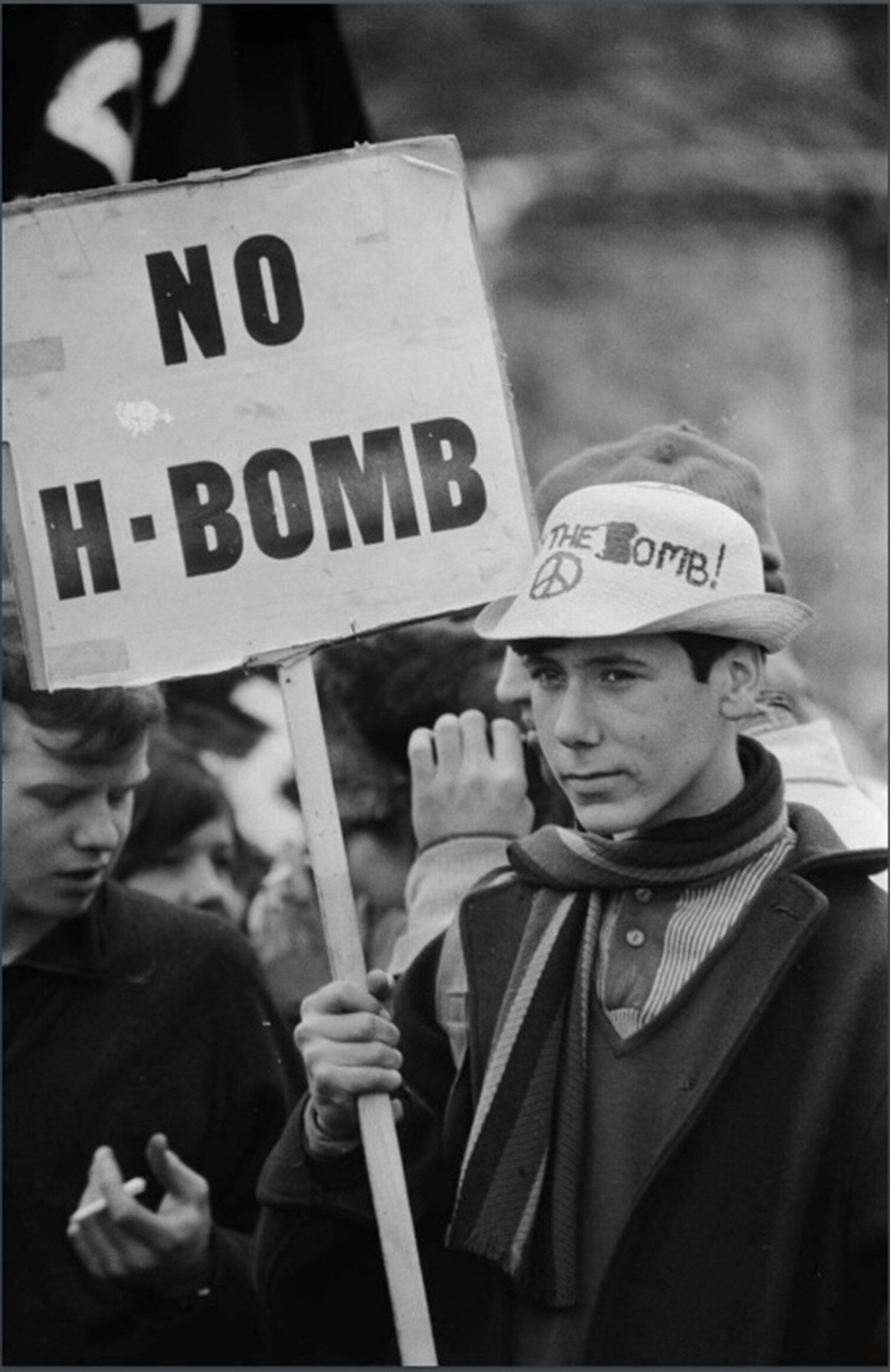
Image © Mirrorpix. Further reproduction forbidden without permission.
Anti-Apartheid Demonstrators marching in protest against the Soweto Riots in South Africa, from Apartheid South Africa, 1948-1966
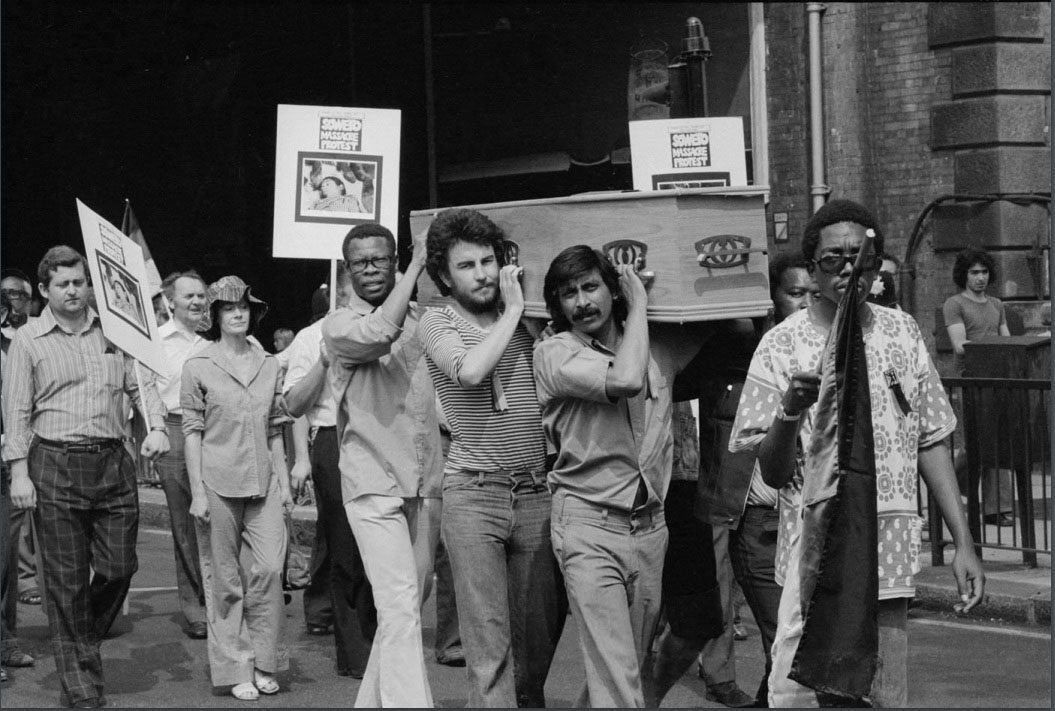
Anti-Apartheid Demonstrators carrying a Coffin in London, 27 Jun 1976. Image © Mirrorpix. Further reproduction forbidden without permission.
Marchers protest in Whitehall, London during a mass anti-Vietnam war rally, 26 Oct 1964, from Popular Culture In Britain And America, 1950‑1975
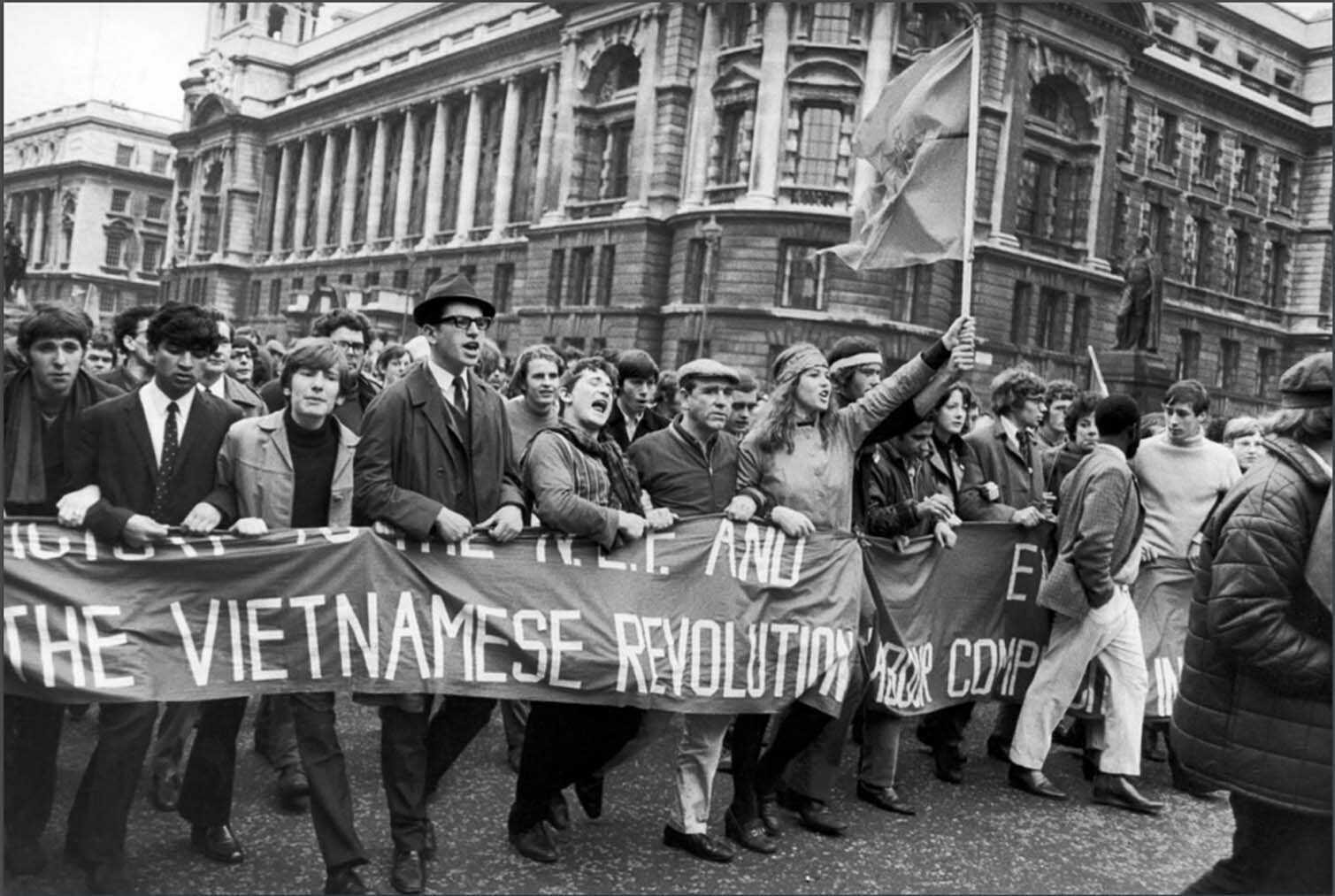
Anti-Vietnam Marchers Protest in Whitehall, London. Image © Mirrorpix. Further reproduction forbidden without permission.
A Member of the Women's Liberation Movement Demonstrating Outside the Houses of Parliament, 6 Nov 1969, from Popular Culture In Britain And America, 1950‑1975

Image © Mirrorpix. Further reproduction forbidden without permission.
March on Washington, 1963, from African American Communities
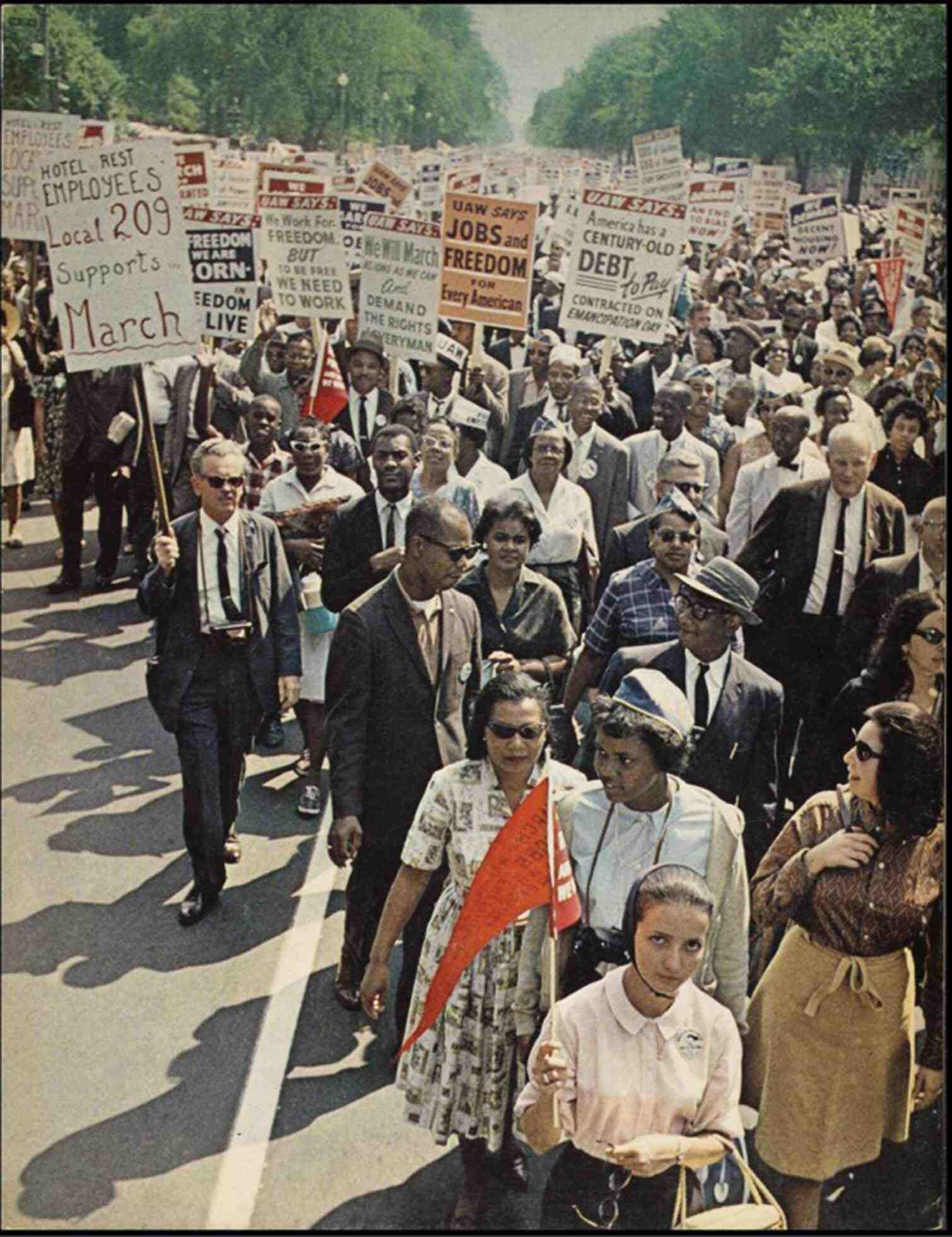
Image © University of Illinois at Chicago Library, Special Collections. Further reproduction forbidden without permission.
Images from The National Archives Exhibition, 1904-1914, from Women in the National Archives
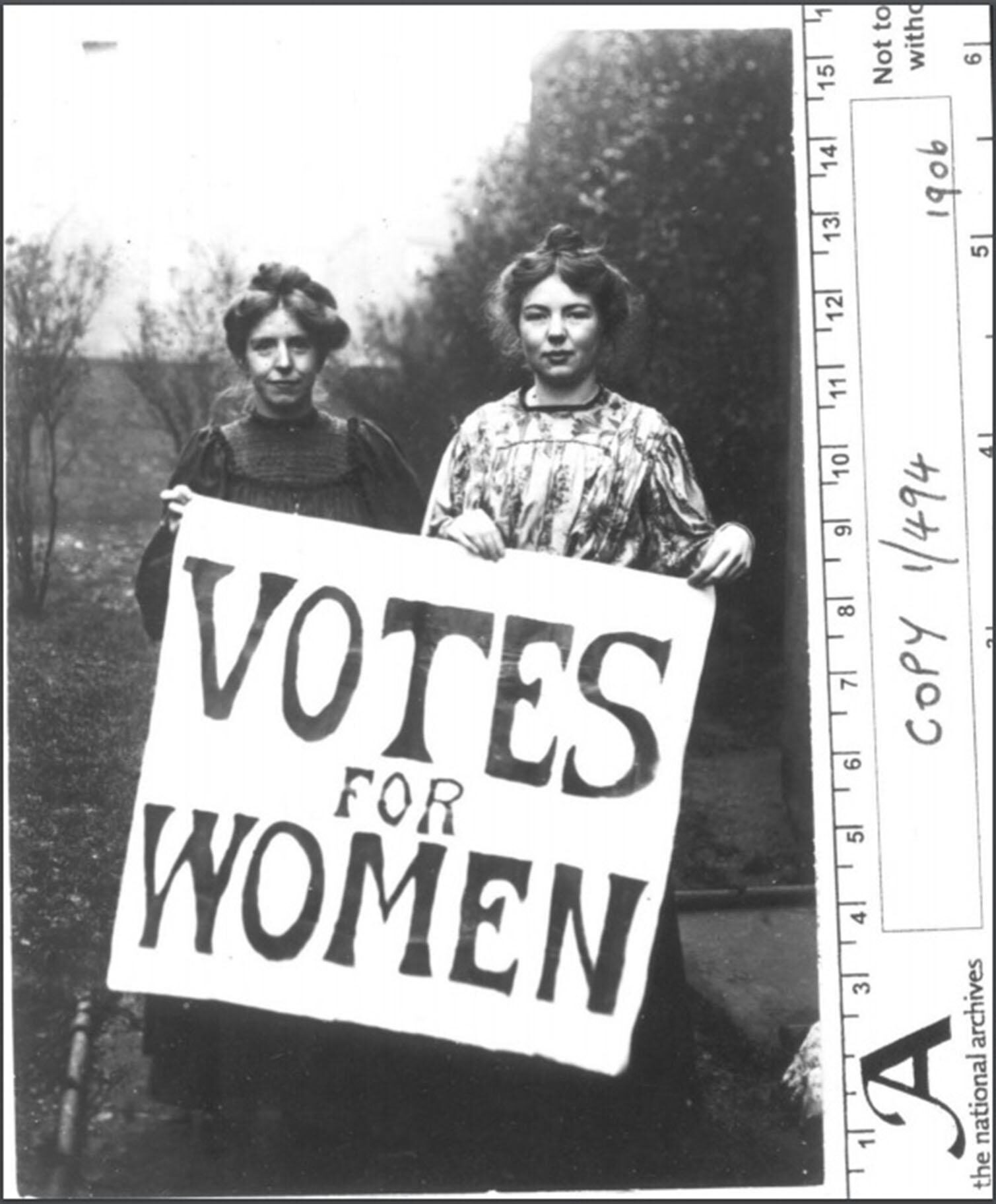
Image © Crown Copyright documents © are reproduced by permission of The National Archives London, UK
For more information on these resources, including free trial access and price enquiries, please email us at info@amdigital.co.uk.
Recent posts

The blog highlights American Committee on Africa, module II's rich documentation of anti-apartheid activism, focusing on the National Peace Accord, global solidarity, and student-led divestment campaigns. It explores the pivotal role of universities, protests, and public education in pressuring institutions to divest from apartheid, shaping global attitudes toward social justice and reform.
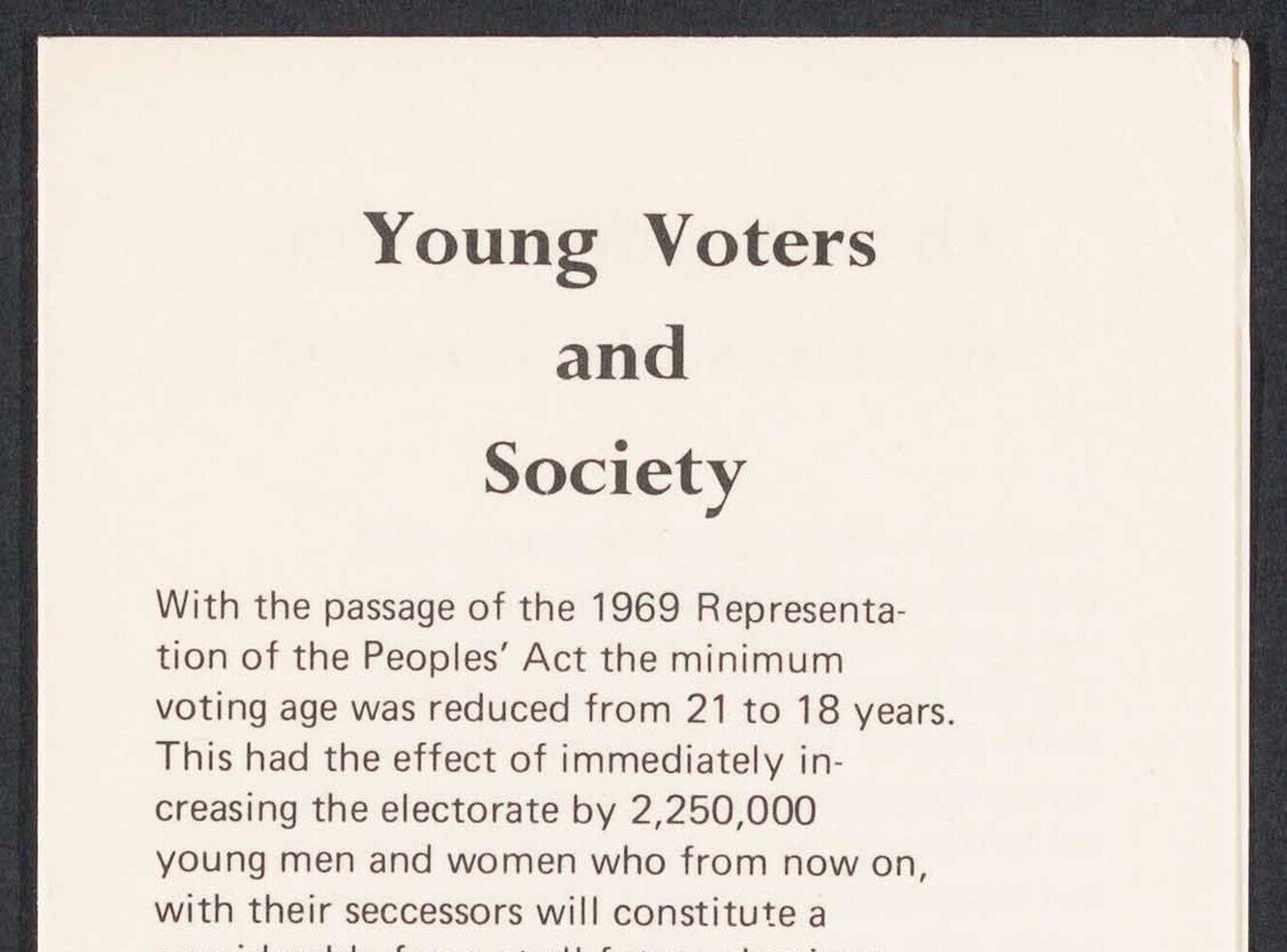
This blog examines how primary sources can be used to trace the impact of young voices on society, particularly during pivotal voting reforms in the UK and the US. Explore materials that reveal insights into youth activism, intergenerational gaps, and societal perceptions, highlighting their interdisciplinary value for studying youth culture, activism, and girlhood across history.
